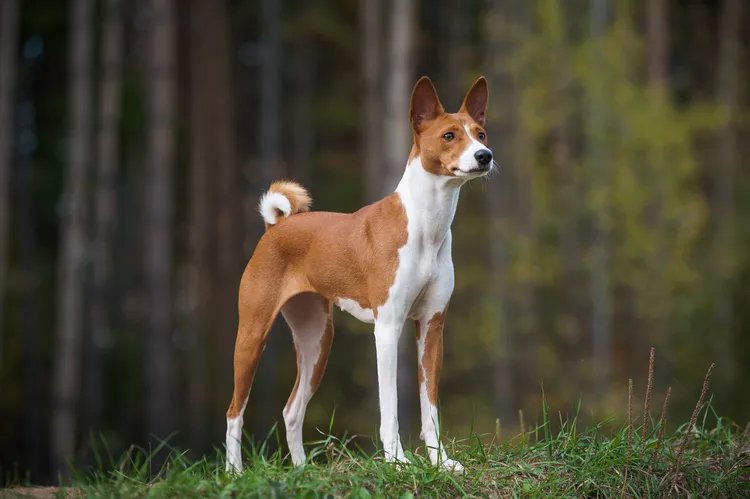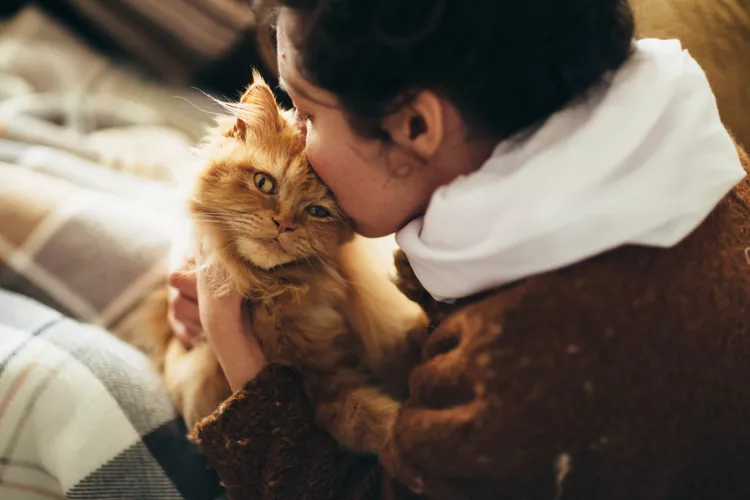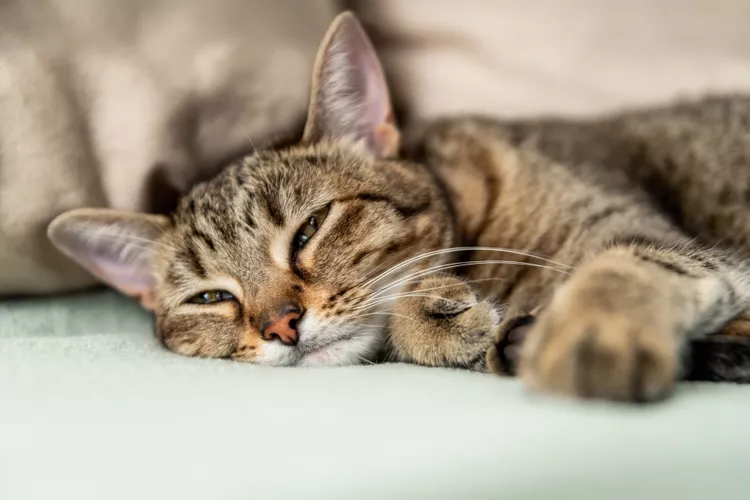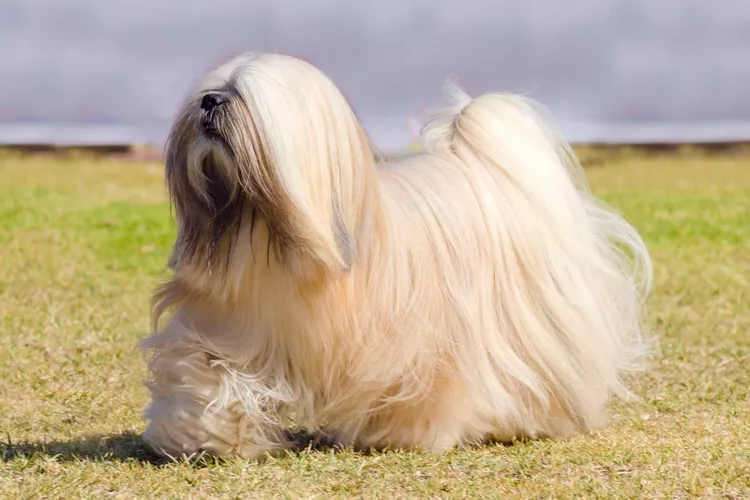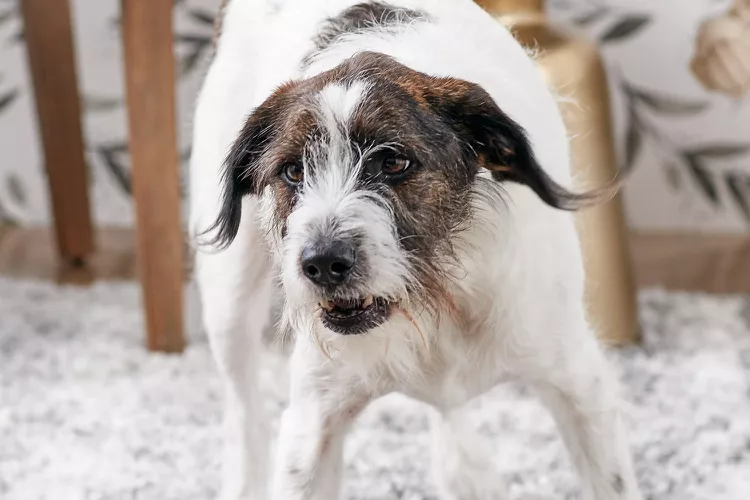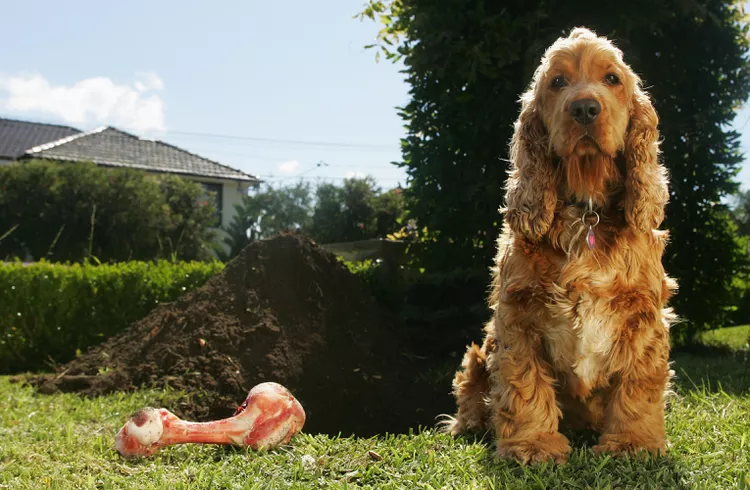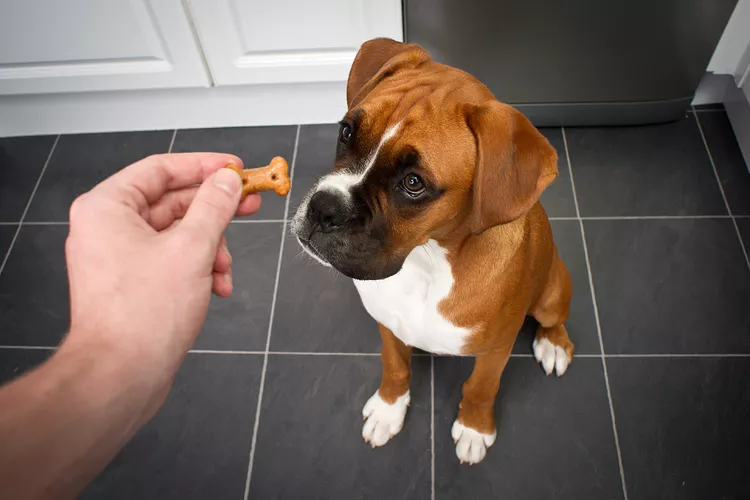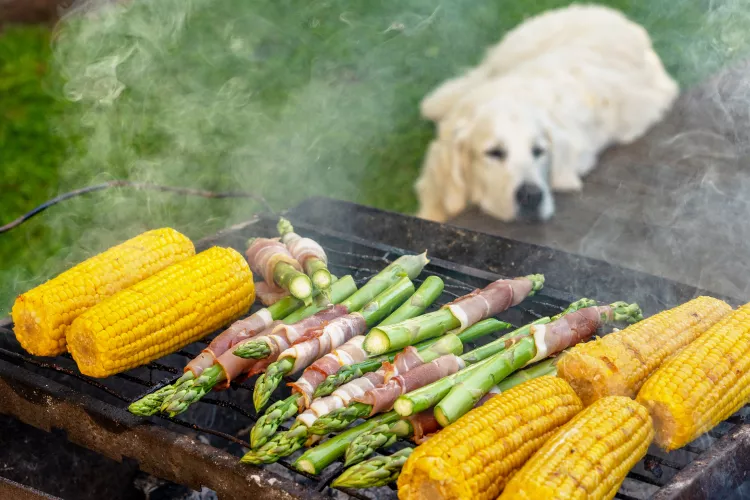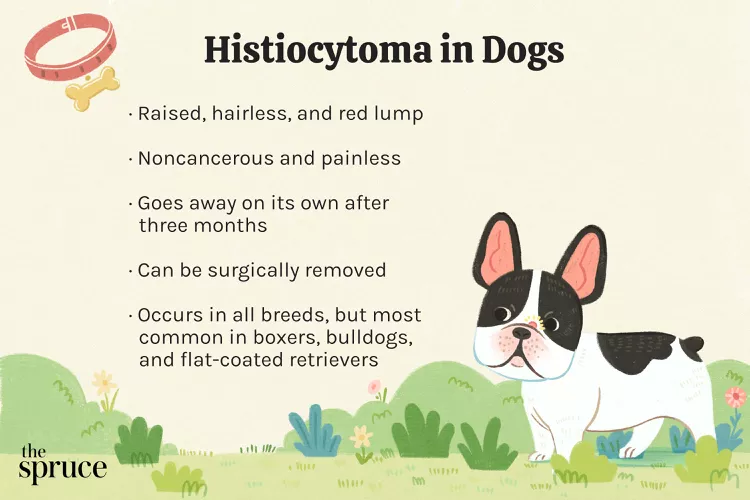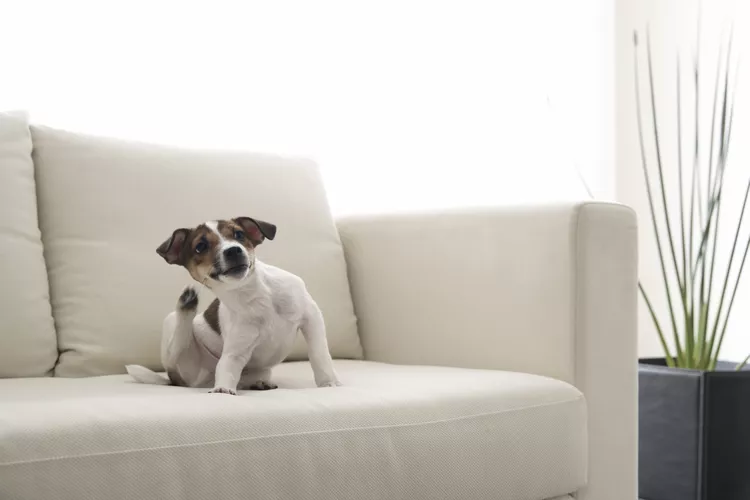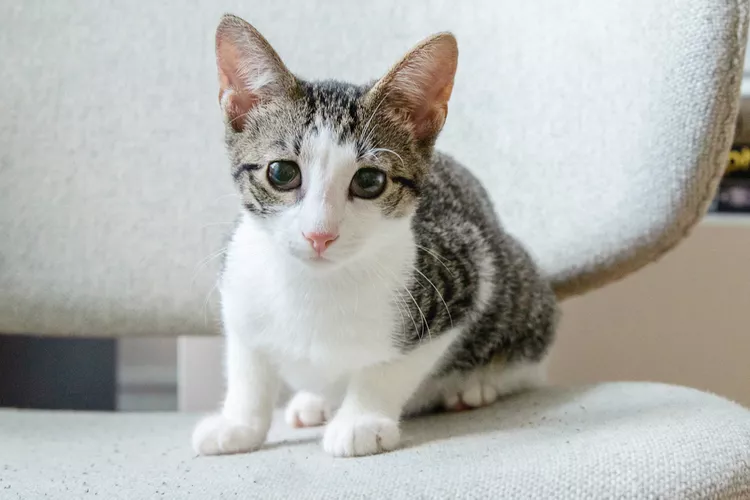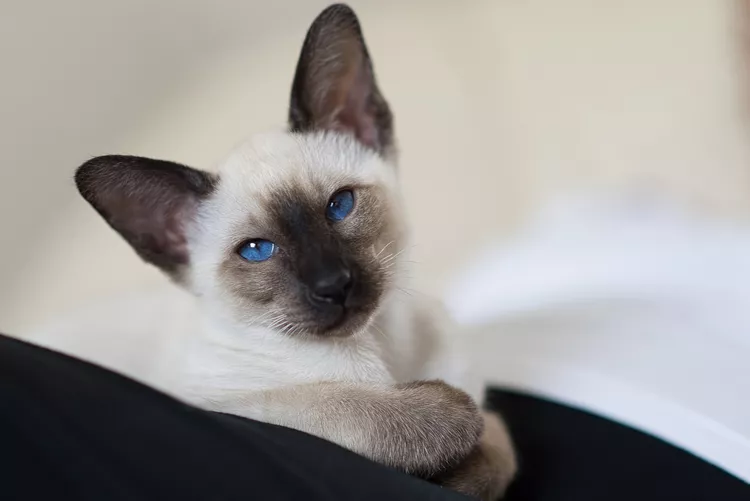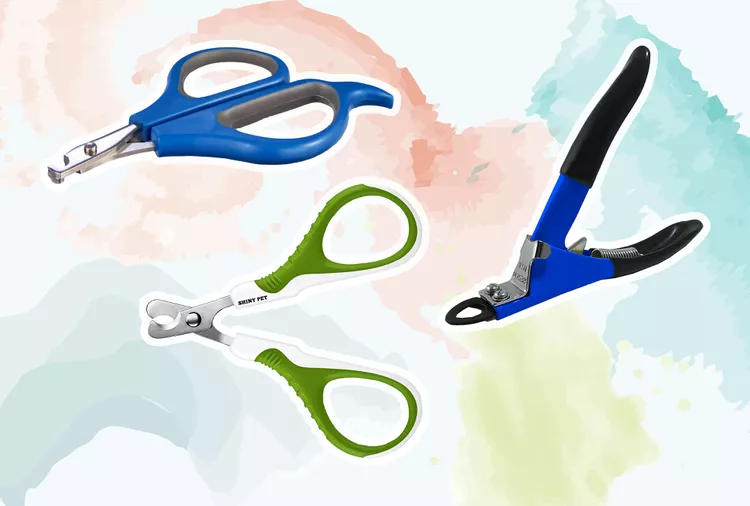- 01 of 06
Saluki
The elegant and athletic saluki means "noble" in Arabic and is one of the oldest dog breeds. Their history goes back at least 5,000 years. Ancient Egyptian tombstones and sculptures feature dogs resembling the modern-day saluki.
The pharaohs prized these dogs for their regal looks and athletic hunting prowess—as did other prominent leaders throughout history, like Alexander the Great. The breed spread across the Middle East, Egypt, and Asia over the years, brought by nomadic tribes.
Like many sighthounds, the saluki is incredibly fast and usually has a high prey drive—not suited to home life with other small furry pets. If they get plenty of exercise, salukis are known for being docile and enjoy curling up at home.
They have an independent, stubborn streak, are sensitive, and require gentle, positive reinforcement for training results. Not known as a cuddly breed, salukis will still form strong bonds with their family and are prone to separation anxiety if left alone for too long.
Breed Overview
Group: Hound (AKC)
Height: 23 to 28 inches
Weight: 40 to 60 pounds
Personality/Temperament: Quiet, intelligent, sensitive
Energy Level: High
Coat and Color: Feathered or smooth coat; softly feathered ears; white or cream, fawn, black and tan or grizzle and tan, and golden coat colors
Life Span: 10 to 17 years
- 02 of 06
Basenji
The basenji (in African languages, the name translates to mean "dog of the bush, village, or wild") is another old breed. These dogs bear a striking resemblance to dogs depicted on Egyptian pharaoh tombstones.
Over the years, tribes in Central Africa valued this dog's excellent hunting skills. The breed has remained relatively untouched by selective breeding. The basenji you see today closely resembles its ancestors from thousands of years ago.
Basenjis are loyal, gentle, and alert, but can be stubborn and require extra patience during training. They tend to be reserved and even aloof with new people but form strong bonds with their families.
Don't expect a lapdog with a basenji, though. They will seek attention on their terms, compared often to cats. This breed is an attractive choice for people who live in apartments since this dog doesn't bark. Still, they require moderate exercise to prevent problem behaviors from surfacing as a result of boredom.
Breed Overview
Group: Hound (AKC)
Height: 16 to 17 inches
Weight: 20 to 25 pounds
Personality/Temperament: Intelligent, quiet, stubborn
Energy Level: High
Coat and Color: Smooth, short coat in chestnut red, black, brindle, or tricolor (black and red); all have white feet, chest, and tail tip; may have white legs, blaze, and collar
Life Span: 13 to 14 years
- 03 of 06
Ibizan Hound
Strictly speaking, the Ibizan hound is considered native to the Balearic Islands, off Spain's coast. These elegant sighthounds are another breed that can easily trace their original lineage back to Egypt that made its way to Spain by ancient Phoenician sea traders.
Looks alone tell the story of this breed that appears strikingly like dogs seen on various tombstones and historical artifacts in Egypt. Food could be scarce on the Mediterranean islands, and these agile, leaping, high-speed dogs were determined hunters that navigated the rugged terrain to bring back rabbits for their people.
High-energy, strong prey drive, great stamina dogs, Ibizan hounds are best suited to living in active homes with no small animals. With plenty of exercise, they are calm, gentle, and relatively quiet around the home.
Breed Overview
Group: Hound (AKC)
Height: 22 to 28 inches
Weight: 45 to 50 pounds
Personality/Temperament: Even-tempered, active, affectionate
Energy Level: High
Coat and Color: Coarse hair can be smooth or wiry; comes in solid red, solid white, or white and red patterns
Life Span: 12 to 14 years
- 04 of 06
Pharaoh Hound
Like the Ibizan hound, the pharaoh hound is another ancient breed that can trace its origins back to the land of the Nile; the name is a nod to ancient Egyptian heritage. This dog made their way to Europe from Phoenician traders and developed further on the Mediterranean island of Malta.
The dog shares similar traits with the Ibizan hound in terms of looks and temperament. They were also primarily used for hunting rabbits; in Maltese, this energetic breed is called "kelb tal-fenek," meaning "rabbit dog."
They're less reserved than the Ibizan hound with a friendly, playful nature, making them good companions for respectful children. Born to run and hunt, this dog is best suited for an active home—one that doesn't have small, furry animals.
Breed Overview
Group: Hound (AKC)
Height: 21 to 25 inches
Weight: 45 to 55 pounds
Personality/Temperament: Playful, loyal, intelligent
Energy Level: High
Coat and Color: Short, smooth, glossy coat; shades of tan
Life Span: 12 to 14 years
Continue to 5 of 6 below - 05 of 06
Baladi Street Dog
While Baladi dogs are not a pure breed, this dog is the most common in Egypt. They descended from a mixture of salukis, pharaoh hounds, and Israeli Canaan dogs. These native stray dogs are prolific on the streets and across the rural countryside of the country.
They share similar characteristics with some of their purebred relatives, including large pricked ears and a slim physique. They look less refined but are full of character and make good companion dogs.
Over the years, these dogs have grown in numbers, becoming a nuisance. Many locals grew to revile and even abuse them, although an international outcry shined a light on this issue. Several successful spay and neuter campaigns have helped curb overpopulation, and Baladi dogs are being rescued overseas and within Egypt through local adoption programs.
Breed Overview
Height: 14 to 23 inches
Weight: 23 to 50 pounds
Personality/Temperament: Adaptable, intelligent, playful
Energy Level: High
Coat and Color: Short; brown, beige, black, and white
Life Span: 12 to 14 years
- 06 of 06
Armant (Egyptian Sheepdog)
The Armant is a farm and herding breed that may have originally descended from the French Briard herding dog. It is thought to have been brought to Egypt by Napoleon's armies.
This breed was developed by mixing with local dogs. The dog's name originates from the town of Armant in Egypt, their supposed place of origin in the early 1900s.
The breed is not known much outside of Egypt but is used extensively within Egypt as a herding dog and a livestock guard dog. This breed is highly loyal, bonds closely with family, and acclimates well to life with children in the home.
Breed Overview
Group: Not in a recognized group
Height: 21 to 23 inches
Weight: 50 to 65 pounds
Personality/Temperament: Loyal, playful, affectionate
Energy Level: High
Coat and Color: Medium-length, coarse, rough, shaggy coat; comes in black, tan, gray, and yellow
Life Span: 14 to 15 years
Breeds to Avoid
Egyptian breeds proliferated over time and more than 1,000 miles for their energetic drive and skill as hunters, herders, and protection. If you value these breeds' high energy, intelligence, and determination to get a job done, then some dogs that might disappoint are dogs known for their lounging, lapdog tendencies. These lower-energy dogs also look nothing like Egyptian breeds:
